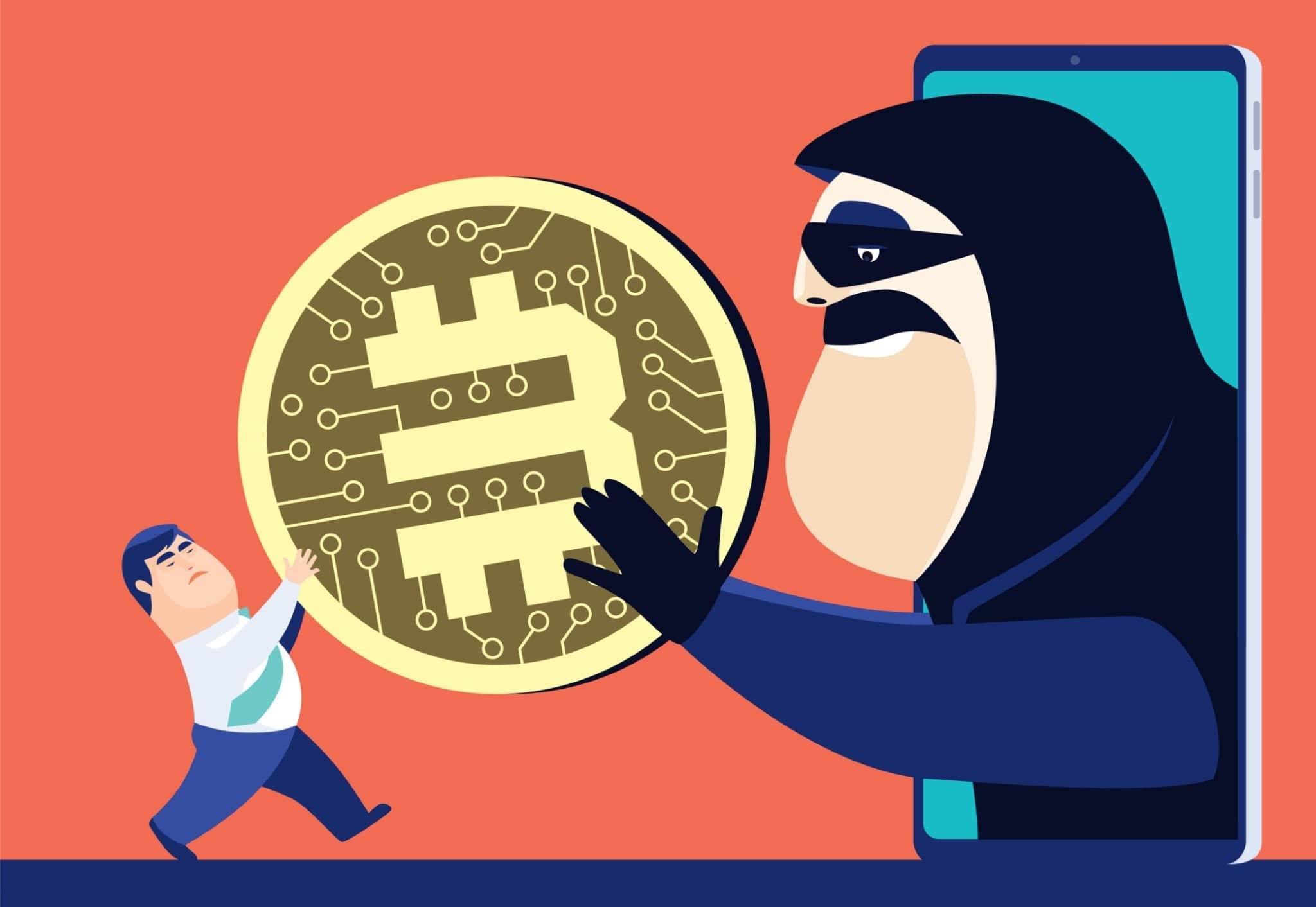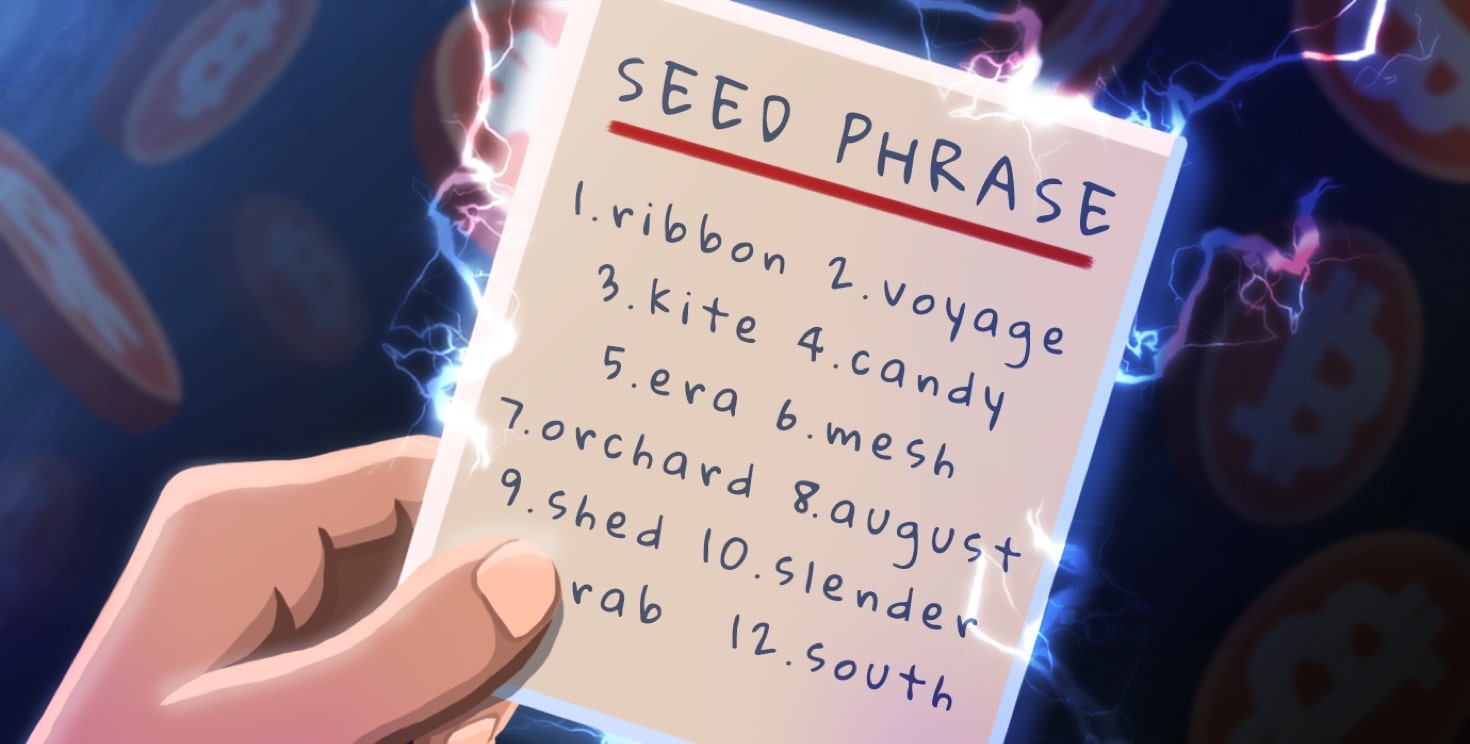Cryptocurrencies are making waves, and more of us are jumping on board. But here’s a little food for thought: Did you know that in just the past year, hackers stole over $1.9 billion from various crypto platforms? That’s a staggering number, right? It underscores just how vital it is to ensure our crypto is safe and secure.
But don’t panic! We’re here to guide you. In this article, we’ll be sharing five essential strategies to help you protect your crypto holdings against those sneaky hackers. So, if you’re keen on making sure your digital investments are as secure as they can be, you’re in the right place.
Common Types of Crypto Hacks and Breaches
In the crypto world, it’s not just about soaring prices and exciting investments. There’s a darker side: the ever-evolving threats that lurk in the shadows.
Here are a few of the most common ones:
- Phishing Attacks: These are deceptive tactics where hackers pretend to be trustworthy entities, often through emails or fake websites, to trick you into revealing sensitive information, like your wallet keys.
- Exchange Hacks: Even some of the most prominent crypto exchanges aren’t immune. Here, hackers target the entire platform, aiming to drain a large number of assets in one swoop.
- Wallet Breaches: This involves breaking into individual crypto wallets. If your wallet isn’t secured properly, it could be an easy target.
- Man-in-the-Middle Attacks: In these scenarios, hackers secretly intercept and potentially alter the communication between two parties to steal information or funds.
5 Strategies for Protecting your Crypto Holdings

Strategy 1: Enable Two-Factor Authentication (2FA)
Two-Factor Authentication, commonly known as 2FA, is an added layer of security for your crypto accounts. Instead of just relying on a password, 2FA requires an additional verification step, making it much harder for hackers to gain unauthorized access.
For crypto security, 2FA is essential. Cryptocurrencies, given their value and digital nature, are attractive targets for cybercriminals. By enabling 2FA, you’re significantly reducing the risk of potential breaches.
To enable 2FA on most crypto platforms:
- Log into your account, be it on an exchange or a digital wallet.
- Navigate to the ‘Settings’ or ‘Security’ section and look for the ‘Two-Factor Authentication’ option.
- Follow the platform’s instructions, which might involve scanning a QR code or inputting a code sent to your device.
- Once set up, you’ll use 2FA every time you log in.
There are various methods for 2FA:
- SMS Codes: A unique code is sent to your phone via text.
- Authentication Apps: Apps like Google Authenticator or Authy produce time-sensitive codes.
- Hardware Tokens: Physical devices, like USBs, that generate authentication codes.
- Biometrics: Some advanced platforms might use fingerprint or facial scans.
Strategy 2: Be Cautious with Public WiFi and Use VPNs
Public WiFi networks, like those in coffee shops or airports, might be convenient, but they’re often not secure. Using them for crypto transactions can expose your data to potential eavesdroppers or hackers. It’s like discussing your bank account details in a crowded room; someone might overhear.
A Virtual Private Network (VPN) is a solution to this. It encrypts your online activity, making it harder for anyone to intercept or spy on your transactions. Think of it as having a private conversation in a soundproof room.
For those in the crypto world, using a VPN isn’t just a good idea; it’s a security essential. A reliable VPN service popular among crypto users is VeePN. It offers robust encryption and added features to keep your crypto activities private and secure. VeePN’s free trial can also hide your IP address so that no one can track your cold wallet and exchange accounts.
Strategy 3: Secure Your Seed Phrase

Imagine your crypto wallet as a treasure chest. To open it, you need a special 12-word code called a seed phrase. If you lose this code and can’t remember it, you might not be able to access your treasure again. But if someone else finds it, they might take everything!
So, what should you do?
- Remember the Code: Some people try to memorize all 12 words. It’s like remembering a song’s lyrics, but it can be tricky.
- Hide It in Pieces: Think of it as a jigsaw puzzle. You can write down a few words of the code on different pieces of paper and hide them in safe places. Maybe one piece goes in a drawer, another under your bed, and another in a safe.
- Share with Care: Some folks tell a few words of the code to people they really trust, like family. But be careful! It’s like telling someone where you hide your house key. Make sure they won’t lose it or tell others.
Remember, this 12-word code is super important. Treat it like a secret treasure map and keep it safe!
Strategy 4: Protect your personal information
Be mindful of the information you share, whether intentionally or unintentionally.
- Watch What You Share Online: It’s fun to post on social media, but be careful. If you tell everyone you’re at a cool cafe, you’re also saying you’re not at home. That’s like putting up a sign saying, “Hey, I’m not home right now!” Also, watch out for those fun quizzes that ask for personal details. They might seem harmless, but it’s like giving away ingredients to your secret recipe.
- Be Careful with New Apps: When you want a new game or tool for your phone or computer, make sure it’s from a place you trust, like the official app store. If you just search online and pick the first thing you see, you might accidentally get a bad app that can mess up your device.
Remember, your personal information is special. Keep it safe, like you would with a secret family recipe!
Strategy 5: Keep Your Passwords Safe and Unique
Don’t repeat your passwords; use different passwords for each website. If you use the same password everywhere and one place gets broken into (like a website getting hacked), bad guys could use that password to sneak into your other accounts, including crypto wallets or exchange accounts.
Avoid storing your passwords in web browsers. It might seem handy to let browsers like Chrome save your passwords, but it’s risky. If someone gets your phone or computer, they could easily see all your saved passwords. It’s like leaving your keys hanging outside your front door.
Instead, think about using a password manager. It’s like a secure box where you can keep all your different keys (passwords) safe in one place.
Wrapping up, When it comes to protecting your crypto assets, staying vigilant is essential. Hackers are constantly improving their techniques, adapting to fresh security protocols, and finding innovative ways to bypass these measures. With crypto users being their prime target, it’s very important to implement the strategies for strong security measures discussed in this article for crypto holders. Think of it as maintaining a high Net Promoter Score for your digital asset security, ensuring peace of mind and a strong defense against evolving threats.
Related Posts:
- Tips to Protect Your Cryptocurrency from Hackers
- Is it Possible to Hack Private Key of Any Bitcoin Address
- How do I hack bitcoin? – How Bitcoin wallet
- Bitcoin wallet scam: Never ask someone to create a BITCOIN wallet
- Can you double Bitcoin – Is there any legit bitcoin doubler site
- Real BitCoin Generator Hack tool – Does it work?
- Why Hedera Hashgraph Will Fail? – 7 Reasons
